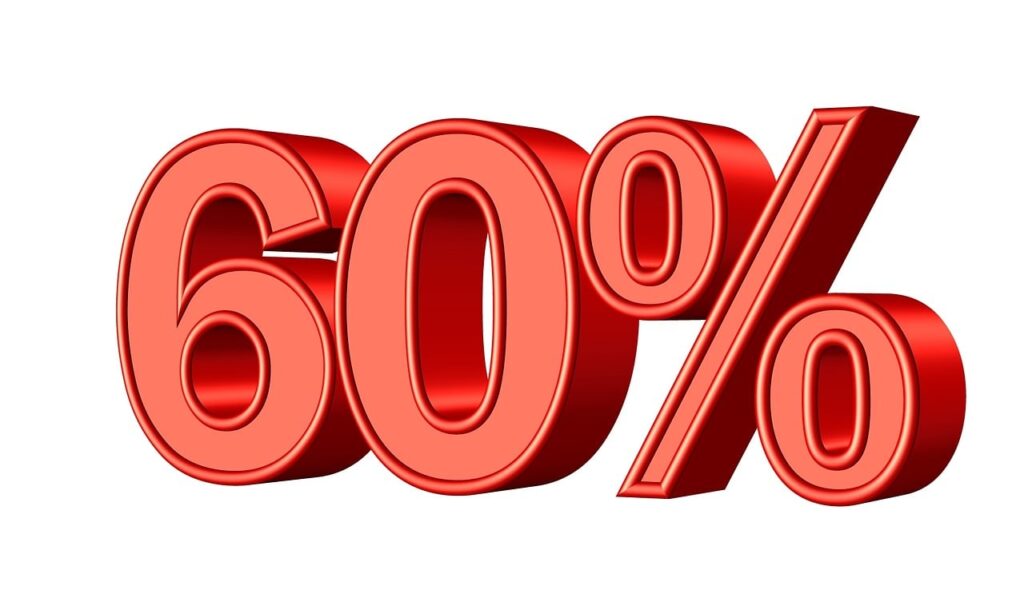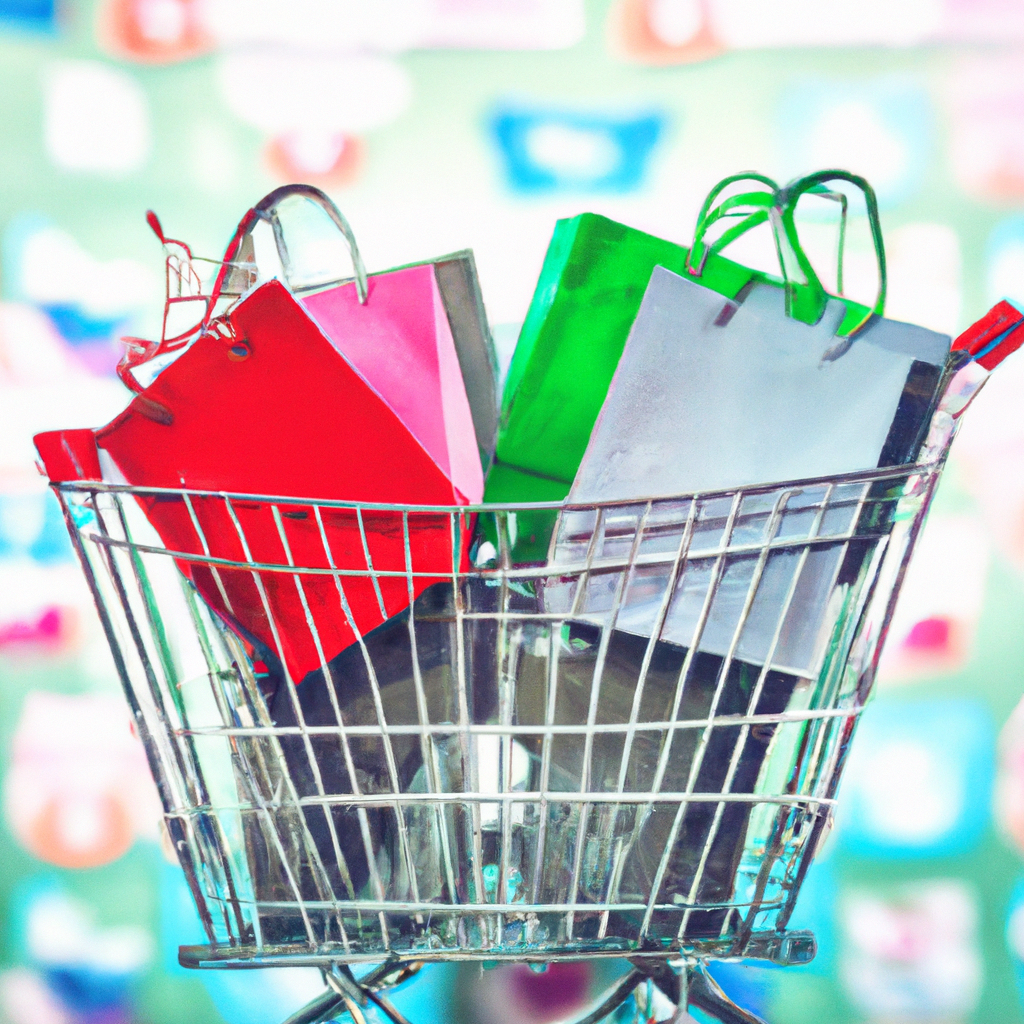In the bustling world of consumer goods and services, it’s natural to wonder if promotions or special offers are a common sight. Luckily for you, the answer is a resounding yes! It seems like every corner you turn, there’s a captivating deal or an enticing discount waiting to be discovered. Whether you’re in search of discounts on clothing, electronics, or even vacations, promotions and special offers are abundantly available, making it an opportune time to indulge in your heart’s desires. So, get ready to be pleasantly surprised by the irresistible allure of promotions and special offers!

This image is property of pixabay.com.
Introduction
Promotions and special offers are a common phenomenon in the industry today. From retail to hospitality, businesses utilize these marketing techniques to attract customers, boost sales, and create a competitive edge. In this article, we will explore the importance of promotions and special offers, the different types available, the frequency at which they are offered, the factors that influence their availability, the benefits they bring to businesses, the challenges involved in offering them, successful promotion strategies, and how promotions and special offers vary across different industries.
Importance of Promotions and Special Offers
Promotions and special offers play a vital role in the success of businesses. Here are some of the key reasons why they are important:
Increasing Sales and Revenue
By offering promotions and special offers, businesses can stimulate customer demand and increase their sales. Whether it’s a limited-time discount or a buy one get one free offer, these incentives create a sense of urgency and encourage customers to make a purchase.
Building Customer Loyalty
Promotions and special offers can also help businesses build customer loyalty. When customers feel they are receiving a great deal or exclusive offers, they are more likely to develop a strong affinity for the brand. This loyalty can translate into repeat purchases and long-term customer relationships.
Attracting New Customers
Promotions and special offers are a powerful tool for attracting new customers. When a business offers an attractive deal, it can capture the attention of potential customers who may not have considered their products or services before. This can lead to an increase in brand awareness and customer acquisition.
Creating a Competitive Advantage
In today’s competitive market, promotions and special offers are essential for creating a competitive advantage. By offering unique, enticing deals, businesses can differentiate themselves from their competitors and attract customers who are looking for the best value for their money. This can help businesses stand out in a crowded marketplace.

This image is property of pixabay.com.
Types of Promotions and Special Offers
Promotions and special offers come in various forms, each with its own appeal and benefits. Here are some of the most common types:
Discounts
Discounts are one of the most straightforward and widely used promotions. Businesses can offer a percentage off the regular price, a fixed amount off, or even tiered discounts based on the quantity of a product purchased. Discounts are effective in attracting price-conscious customers and driving sales.
Buy One Get One (BOGO)
BOGO offers provide customers with an additional item for free or at a discounted price when they purchase a specific item at full price. This type of promotion encourages customers to buy more and can be particularly effective for introducing new products or clearing excess inventory.
Coupon Codes
Coupon codes are a popular promotional tool used primarily in online retail. Customers can enter a unique code during the checkout process to receive a discount or special offer. Coupon codes can be shared through various channels such as email newsletters, social media, or promotional partnerships.
Free Samples
Offering free samples is an effective way to introduce new products or generate interest in existing ones. By allowing customers to try a product before making a purchase, businesses can overcome consumer hesitation and increase the likelihood of future sales.
Gift with Purchase
A gift with purchase promotion involves providing customers with a free item or additional product when they buy a specific product or spend a minimum amount. The allure of a free gift can incentivize customers to make a purchase and can also introduce them to new products they may not have considered before.
Limited Time Offers
Limited time offers create a sense of urgency by offering a special deal for a specific period. This type of promotion capitalizes on the fear of missing out and encourages customers to make a purchase before the offer expires. Whether it’s a flash sale or a time-limited discount, these promotions can generate immediate sales.
Loyalty Programs
Loyalty programs reward customers for their continued support and encourage repeat business. Businesses can offer points-based systems, tiered rewards, or exclusive discounts to loyal customers. By offering incentives for customers to remain loyal, businesses can increase customer retention and lifetime value.
Bundling Deals
Bundling deals involve combining multiple products or services into one package at a discounted price. This type of promotion is particularly effective for businesses that have complementary offerings and encourages customers to purchase more than they initially intended.
Flash Sales
Flash sales are short-lived promotions that offer significant discounts on select products for a limited time. These promotions create a sense of urgency and excitement, leading to a spike in sales during the promotional period.
Rebates
Rebates incentivize customers to make a purchase by offering a partial refund after they have made the initial payment. While customers may initially pay the full price, the promise of a future refund can encourage them to buy, especially for higher-priced items.
Frequency of Promotions and Special Offers
The frequency at which promotions and special offers are available varies depending on various factors such as industry, competition, and consumer demand. Here are some common scenarios:
Continuous Promotions
Some businesses choose to offer promotions and special offers continuously throughout the year. This approach is often seen in industries where price competition is high, such as retail and e-commerce. By providing continuous offers, businesses can maintain a steady flow of customers and stay competitive.
Seasonal Promotions
Seasonal promotions capitalize on specific times of the year when consumer demand is high, such as holidays or special events. For example, the fashion industry often offers discounts and special offers during seasonal sales, such as Black Friday or Cyber Monday. These promotions are designed to attract customers during periods of increased shopping activity.
Holiday Promotions
Holiday promotions are specifically tailored to major holidays, such as Christmas, Valentine’s Day, or Thanksgiving. Businesses often create themed promotions and special offers that align with the holiday spirit, encouraging customers to make purchases for themselves or as gifts.
New Product Launch Promotions
When launching a new product, businesses often offer promotions and special offers to generate buzz and drive initial sales. These promotions can include limited-time discounts, bundled deals, or exclusive access to the new product. By incentivizing customers to try the new offering, businesses can create early adopters and gain valuable feedback.
Clearance Sales
Clearance sales are common when businesses need to clear excess inventory to make way for new products or seasonal items. These promotions offer significant discounts on outdated or slow-selling products, allowing businesses to recoup some costs and free up space for more profitable offerings.
Event-Driven Promotions
Event-driven promotions are tied to specific events or milestones, such as anniversaries, product milestones, or company celebrations. These promotions are often used as a way to thank customers for their support and to generate excitement around the event.

This image is property of pixabay.com.
Factors Influencing Availability
Several factors influence the availability of promotions and special offers in the industry. Here are some key factors to consider:
Competition
The level of competition within an industry significantly impacts the availability of promotions and special offers. In highly competitive markets, businesses are more likely to offer promotions to attract customers and gain an edge over their rivals. On the other hand, in industries with limited competition, promotions may be less common as businesses can rely on other factors, such as unique products or exceptional service, to differentiate themselves.
Industry Trends
Industry trends play a role in determining the availability of promotions and special offers. Businesses often monitor market trends and consumer preferences to align their promotional strategies with current market demands. For example, if a particular type of promotion gains popularity in a specific industry, competitors may follow suit to stay relevant and meet customer expectations.
Consumer Demand
Consumer demand is a critical factor in determining the availability of promotions and special offers. If customers are highly price-sensitive or actively seek out deals, businesses are more likely to offer promotions to attract and retain these customers. The level of demand for a specific product or service also influences the type and timing of promotions offered.
Product Lifecycle
The stage of a product’s lifecycle can impact the availability of promotions and special offers. In the introductory phase, businesses may offer promotions to create awareness and generate interest in the product. As the product matures, promotions may become less frequent as the customer base stabilizes. However, towards the end of a product’s lifecycle, businesses may offer promotions to clear remaining inventory before discontinuing the product.
Profit Margins
Profit margins play a crucial role in determining the availability of promotions and special offers. Businesses need to carefully evaluate the impact of promotions on their profitability. If profit margins are low, businesses may be less likely to offer promotions that further erode their profitability. Conversely, businesses with healthy profit margins may be more inclined to offer promotions to maintain a competitive edge and drive sales.
Benefits of Promotions and Special Offers
Promotions and special offers provide businesses with several benefits beyond immediate sales. Here are some key advantages:
Increased Sales
The primary benefit of promotions and special offers is the immediate increase in sales they generate. By offering an incentive, businesses can entice customers to make a purchase they may not have otherwise made. This increase in sales can lead to improved revenue and overall business growth.
Improved Brand Image
Promotions and special offers can enhance a business’s brand image. When businesses consistently offer attractive deals and value to their customers, they create a positive perception of their brand. This positive association can lead to increased customer loyalty and improved brand reputation.
Customer Acquisition
Promotions and special offers are effective tools for customer acquisition. By offering a compelling deal, businesses can attract new customers who may not have considered their products or services before. This expanded customer base can lead to increased market share and long-term customer relationships.
Clearing Excess Inventory
Promotions and special offers are particularly useful for clearing excess inventory. When businesses find themselves with outdated or slow-selling products, offering promotions can expedite the sale of these items and minimize losses. By incentivizing customers to purchase these products, businesses can free up space for more profitable offerings.
Enhanced Customer Satisfaction
Promotions and special offers can significantly enhance customer satisfaction. When customers feel they are getting a great deal or exclusive offers, they perceive a higher value for their money. This increased value can lead to a higher level of customer satisfaction and loyalty.

Challenges in Offering Promotions and Special Offers
While promotions and special offers provide numerous benefits, there are also challenges that businesses must navigate. Here are some common challenges:
Maintaining Profitability
One of the key challenges in offering promotions and special offers is maintaining profitability. While promotions can drive sales, they can also erode profit margins if not carefully planned. Businesses need to strike a balance between offering attractive deals and maintaining a sustainable level of profitability.
Balancing Supply and Demand
Promotions and special offers can create fluctuations in demand, leading to challenges in balancing supply and demand. If the demand exceeds the supply, businesses risk disappointing customers and damaging their brand reputation. Conversely, if the supply exceeds the demand, businesses may face inventory management issues and potential losses.
Effect on Brand Perception
Promotions and special offers can have an impact on a brand’s perception. If businesses offer promotions too frequently or heavily discount their products, customers may perceive the brand as cheap or of low quality. Maintaining a balance between offering promotions and maintaining brand integrity is crucial to avoid negative brand associations.
Cannibalization of Regular Sales
Another challenge businesses face is the cannibalization of regular sales. When promotions are introduced, some customers may opt for the discounted offer instead of purchasing the regular-priced product. This shift in purchasing behavior can impact regular sales and overall revenue. Careful consideration must be given to ensure that regular sales are not negatively affected by promotions.
Ensuring Fairness and Transparency
Promotions and special offers must be fair and transparent to maintain customer trust. When customers feel that promotions are misleading or that they are not receiving the advertised benefits, it can lead to dissatisfaction and negative word-of-mouth. Businesses must ensure that their promotions are clear, accurately represented, and provide the promised benefits.
Successful Promotion Strategies
To maximize the effectiveness of promotions and special offers, businesses can adopt various strategies. Here are some successful promotion strategies:
Segmentation and Targeting
Segmenting the customer base and targeting specific segments with tailored promotions can yield higher conversion rates. By understanding the needs and preferences of different customer segments, businesses can create promotions that resonate with their target audience.
Effective Communication
Clear and compelling communication is vital for successful promotions. Businesses need to effectively communicate the value proposition of their promotions and the benefits customers will receive. This communication can be done through various channels, such as social media, email marketing, or targeted advertisements.
Cross-Selling and Up-Selling
Promotions can be an opportune time to encourage customers to explore other products or upgrade their purchases. By strategically cross-selling or up-selling complementary products or higher-tier options, businesses can increase the average transaction value and customer satisfaction.
Creating Urgency
Creating a sense of urgency is a powerful tool in driving sales during promotions. Limited-time offers, countdown timers, and limited quantities can create a fear of missing out and motivate customers to take action quickly. This urgency can lead to higher conversion rates and immediate sales.
Using Data Analytics
Leveraging data analytics can provide valuable insights into customer behavior and preferences. By analyzing customer data, businesses can identify patterns and trends, allowing them to tailor promotions to individual customer preferences. This data-driven approach can lead to more relevant and effective promotions.

Promotions and Special Offers in Different Industries
Promotions and special offers are prevalent across various industries, albeit with varying approaches and strategies. The retail industry heavily relies on promotions to attract customers and drive sales. On the other hand, the hospitality industry often offers special packages, discounts, or loyalty programs to incentivize bookings and encourage repeat business. Similarly, industries such as e-commerce, food and beverage, and travel all utilize promotions and special offers to achieve their marketing goals.
Conclusion
Promotions and special offers are an integral part of the business landscape today. From increasing sales and revenue to building customer loyalty and attracting new customers, these marketing tools offer businesses a range of benefits. However, challenges such as maintaining profitability and ensuring brand integrity must be considered. By employing effective promotion strategies and adapting to industry trends, businesses can leverage promotions and special offers to their advantage. Whether continuous, seasonal, or event-driven, promotions and special offers are a powerful tool in capturing customer attention and driving business success.

